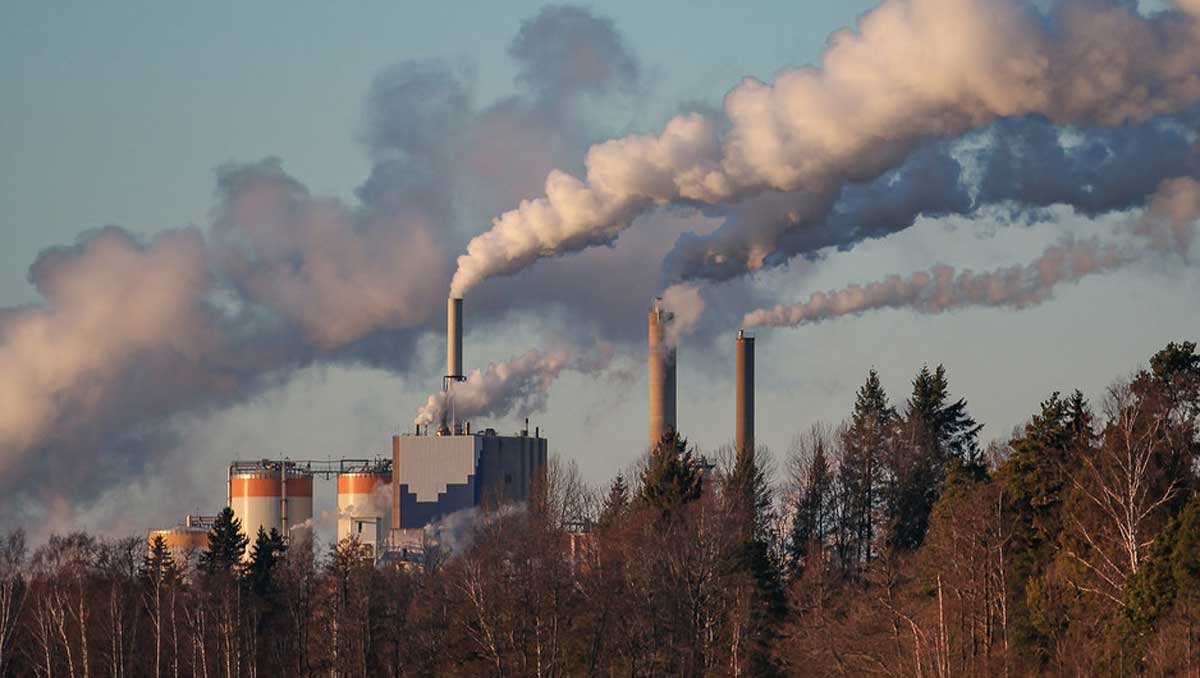The IEA emphasized that reducing methane emissions is imperative for meeting international climate change targets.
In a stark revelation, the International Energy Agency (IEA) disclosed on Wednesday that methane emissions from the fossil fuel sector surged to almost record levels in 2023, despite readily available technology capable of curbing this pollution at minimal cost.
The IEA emphasized that reducing methane emissions, which ranks second only to carbon dioxide in its impact on global warming, is imperative for meeting international climate change targets.
The Paris-based agency condemned the failure to mitigate methane leaks from oil and gas projects as a “massive missed opportunity,” asserting that it could have prevented significant losses and decreased emissions of this potent greenhouse gas. Tim Gould, the IEA’s chief energy economist, expressed dismay over the persistently high levels of methane emissions, stating, “There is no reason for emissions to remain as high as they are.”
Gould expressed cautious optimism, suggesting that the current year “could mark a turning point” if both countries and fossil fuel companies translate their pollution reduction commitments into concrete policies.
According to the UN Environment Programme, methane is responsible for approximately 30 percent of the current global warming. While natural sources account for around 40 percent of methane emissions, human activities are primarily responsible for the remainder.
Agriculture stands as the leading source, with methane emitted through livestock belching and rice cultivation. Following closely is the energy sector, where methane leaks from energy infrastructure, such as gas pipelines, and deliberate releases during maintenance contribute significantly to emissions.
The IEA’s annual Global Methane Tracker report revealed a troubling trend, indicating that fossil fuel methane pollution has escalated for three consecutive years. The report highlighted that two-thirds of these emissions originated from just 10 countries, with China and the United States leading due to methane linked to coal and gas, respectively, with Russia following closely behind.
Moreover, the IEA underscored that the production and combustion of fossil fuels resulted in nearly 120 million tonnes of methane emissions in 2023, a marginal increase compared to 2022 and nearing the record high observed in 2019. The report also noted a surge in large-scale methane leaks, including a well blowout in Kazakhstan that persisted for over 200 days.
Christophe McGlade, an energy expert at the IEA, lamented that approximately 40 percent of the emissions recorded in 2023 “could have been avoided at no net cost” through established methods to prevent such leakages. He described this situation as a “massive missed opportunity.”
While methane possesses greater heat-trapping potential than CO2, it remains relatively short-lived in the atmosphere, making it a prime target for countries aiming to swiftly reduce emissions and mitigate climate change. Over 150 countries, including Azerbaijan, the host of the upcoming UN climate talks, have pledged a 30 percent reduction in methane emissions by 2030.
Additionally, oil and gas firms have committed to slashing methane emissions by 2050. However, the IEA criticized the lack of detailed plans to support these commitments, urging for concrete policies to translate pledges into action.
The IEA asserted that countries and companies hold the capacity to halve methane emissions from fossil fuels by 2030 if they fulfill their promises, emphasizing the urgency of the situation in combating climate change.
